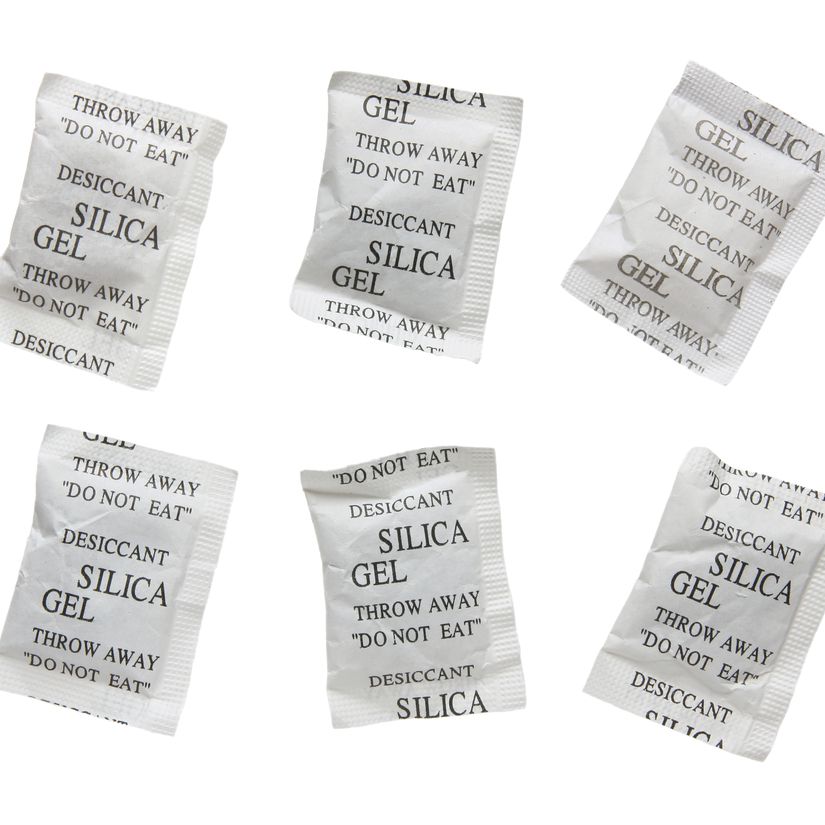You have noticed that advertisements and signs sometimes use quotation marks for emphasis. You have noticed that this is a peculiar usage, because it isn't quotation and it certainly is considered invalid from the perspective of Standard English. Yet it does have a history and some proponents who treat it as valid for advertising.
What is it?
Lexicographer Grant Barrett calls this use of quotes shout quotes (source). He gives the example of a White Castle (fast food) slogan in use since the 1950s: 'Buy ’em by the “sack.” ' Here, the quotations around sack are not quoting anything. Nor are they scare quotes intended to cast doubt on the reliability of the sack. They emphasize. Barrett makes the point that, in the context of a brief sign or slogan printed on a box, it would be "uncharitable" to misread the shout quote as dubious.
Similarly, linguist John McWhorter excuses the emphatic usage as something unlikely to be taken up in standard written discourse; to him, it is a variant usage that causes amusement (source). Both experts suggest the usage has validity, at least within the narrow and informal genre of business sign copy.
Is it valid?
It depends who you ask. The usage is too controversial to be called valid without caveat. Pete Barry has this advice about any form of unnecessary emphasis in ad copy: "De-Stress Stresses: If you have to underline, use italics, bold letters, exclamation marks (!), "inverted commas," and hyphens - unless demanded by grammar or convention, it's probably just a lazy way to imply tone of voice" (Advertising Concept Book 3E: Think Now, Design Later, p. 242). His objection is that it very often is a cop out for writing better copy. So between expert stylistic advice and the screech of prescriptivists, someone using quotation marks to delineate shout quotes should understand it as a rhetorical risk.
Does this have a longer history?
Yes. I don't know of a formal history behind this usage, but it does go back at least a century. In a guide for writing advertising by Frederick Houk Law from 1920, the author advises its use for emphasis:
Use Quotation Marks for Emphasis
3 Place in quotation marks any highly unusual word or expression to which you wish to call emphasis.
Our "London-Best Coats" are guaranteed to be rainproof.
[...]
5 Whenever you wish to emphasize a single word or a group of words, place the word, or the group of words, in quotation marks.
You have often heard of "A Genuine Bargain Sale," but this sale is to surpass every other of its kind.
Such emphatic quotes were also applied to brand names, like Firestone or Lysol, out of a belief that it made the brand stand out. Here's the Firestone example from 1910:
Our favorite style is a bold heading suggesting the subject matter, in order to arrest the attention of the vehicle owner; a space-wide characteristic slug of the trade name "Firestone" in quotation marks to voice itself upon the casual observer; and a cut of the tire or demountable rim itself, as large as space requires.

So using quotation marks for emphasis has been encouraged in the past, and it may be possible to connect the emphatic quotation marks from a century ago to the continued usage today. I'll close with an ad in a 1903 edition of Saddlery and Harness does for key words "PRACTICAL" and "SECURE-BACK." Those aren't scare quotes calling doubt on those qualities. They are intended for emphasis.





